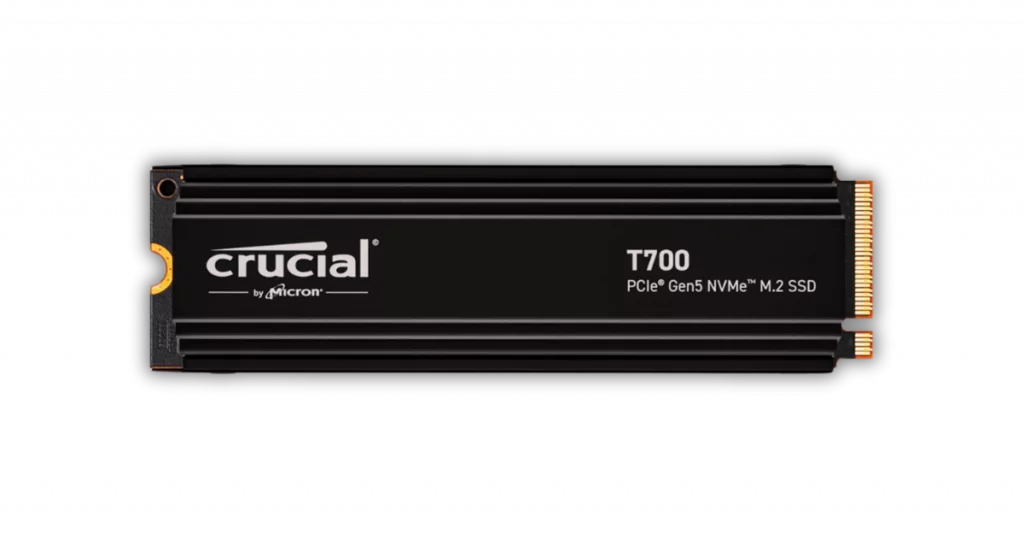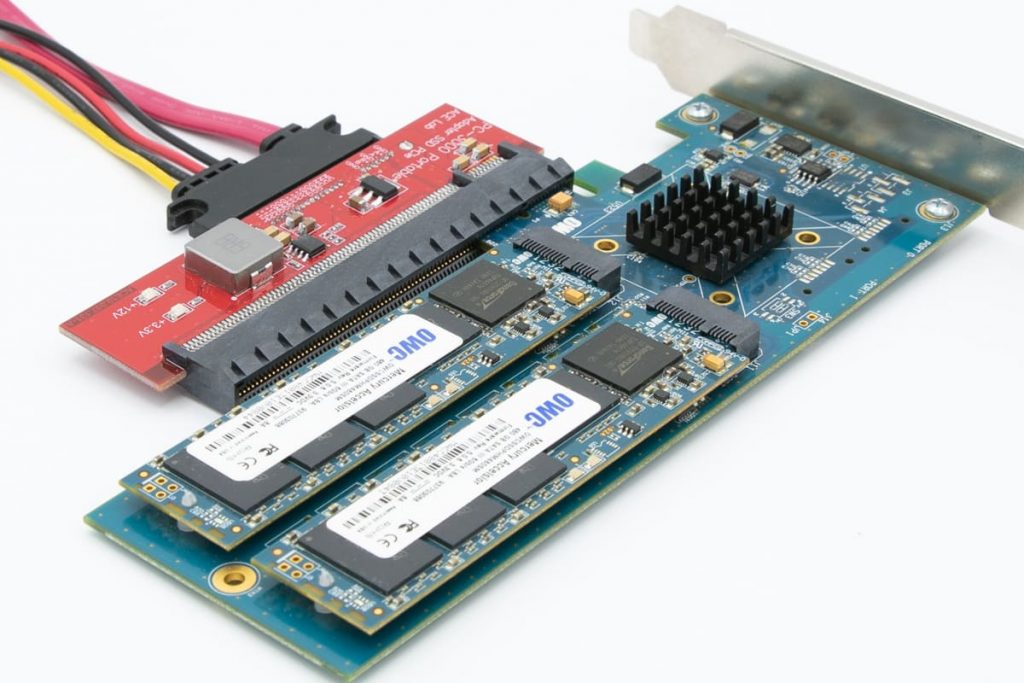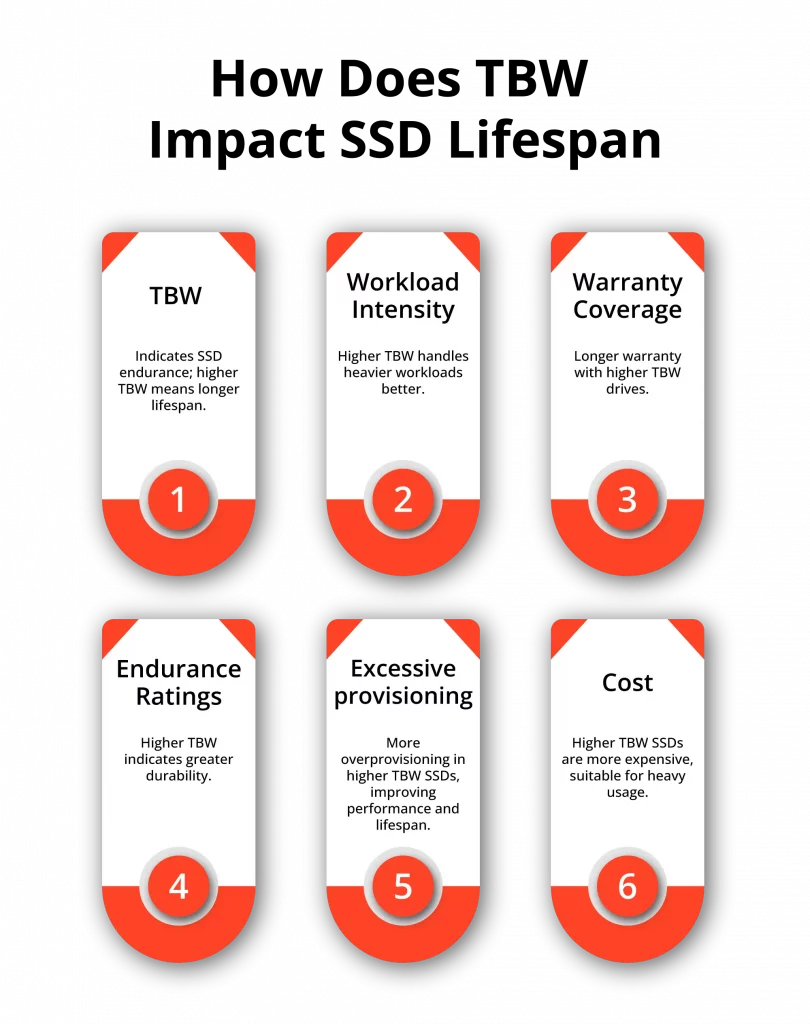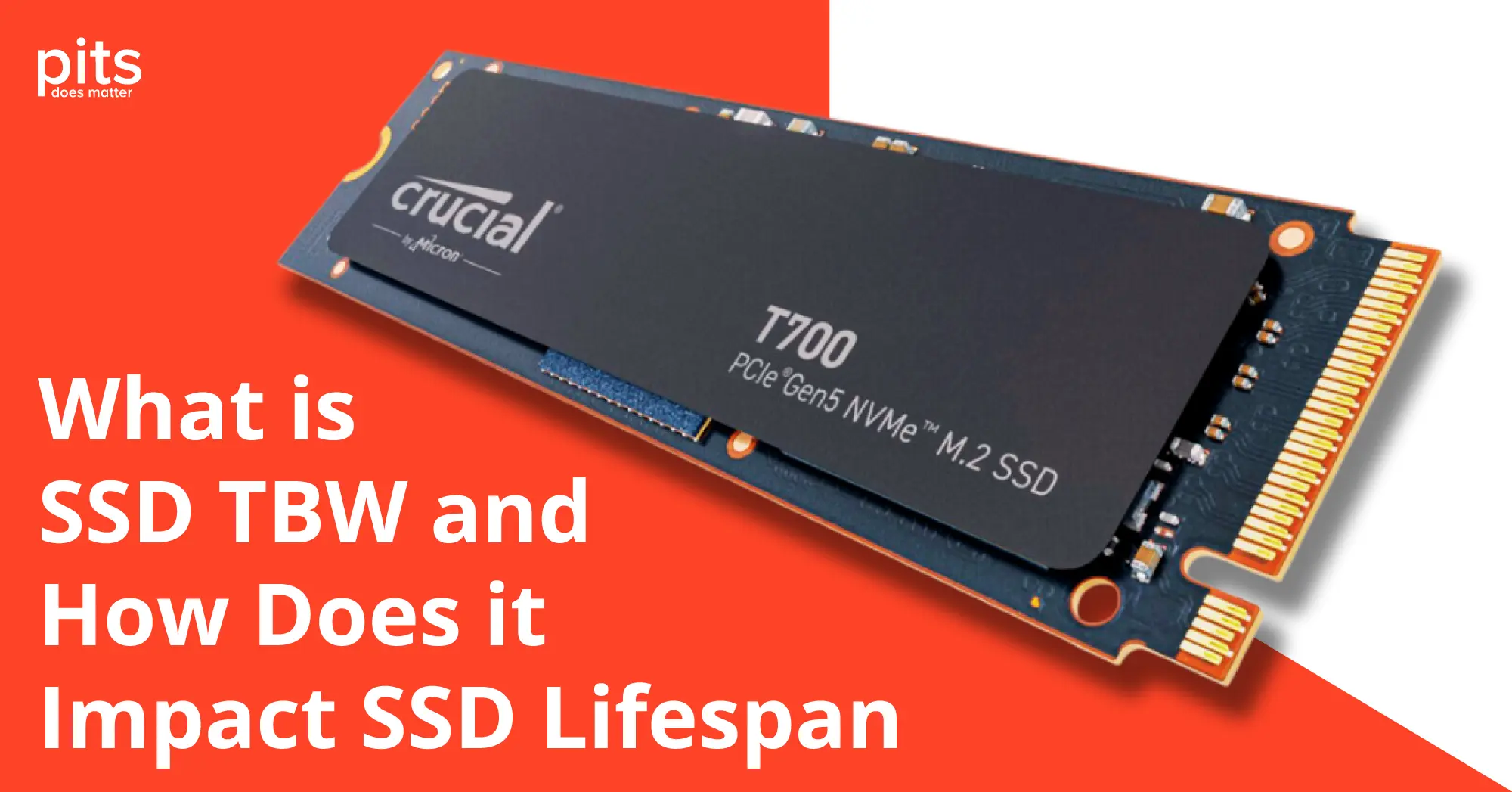SSD TBW (Terabytes Written) is an important metric that measures the lifespan of a solid-state drive. It refers to the total amount of data written onto an SSD before it fails. This measure is crucial for both consumers and professionals, as it directly affects the longevity and effectiveness of SSDs. Delving into TBW offers an understanding of the optimal use and upkeep of SSDs, guaranteeing top performance and value from these advanced storage options.
What is TBW
TBW represents Terabytes Written, a standardized measure to gauge the total data volume writable to a solid-state drive (SSD) before its data storage reliability declines. This metric is determined by the SSD’s endurance rating, which is based on the endurance of the memory cells in the SSD.
The TBW value of an SSD is affected by various factors like the type of NAND flash memory, controller, firmware, and overall drive quality. Higher-quality components and design lead to a higher TBW rating. Demanding gaming or video editing tasks can strain an SSD, necessitating a higher TBW for optimal functionality. Consider your usage needs when assessing an SSD’s TBW.
Understanding TBW’s meaning for an SSD is crucial as it provides insights into the endurance and durability of the drive, influencing your decision when choosing the correct storage solution for your needs.
How Do You Check the TBW of an SSD?
TBW is measured in terabytes and is influenced by a drive’s capacity, evaluated in drive writes per day (DWPD). For instance, an SSD with 1TB storage and a TBW rating of 600 manages 600TB of data over its lifetime. With a storage capacity of 2TB, the total bytes written (TBW) would amount to 1200. By dividing this figure by the total number of days the warranty covers, you can calculate the drive’s DWPD rating.
For instance, if the warranty lasts three years, roughly equal to 1,095 days, the SSD’s DWPD rating can be established. To determine the DWPD for an SSD with a TBW rating, use the formula:
(TBW / days of warranty coverage / SSD capacity).
For example, for a Crucial T700 2TB SSD with a 1200TB TBW and a 3-year warranty (about 1,095 days), the DWPD calculation would be approximately 0.547.

The SSD can handle around 547GB of data written daily over its 3-year warranty without exceeding the TBW rating. It is essential to consider the TBW rating and usage needs. For regular use, an SSD with a lower TBW is sufficient.
However, investing in a higher TBW-rated SSD is crucial for professional or heavy-use scenarios. Additionally, implementing efficient maintenance practices like regular backups and monitoring TBW can extend the lifespan of SSDs even further.
How Does TBW Impact SSD Lifespan
Understanding that Total Bytes Written (TBW) is just one facet of an SSD’s lifespan is crucial. In addition to TBW, various factors like usage patterns, operating temperature, and the general health of the drive contribute significantly to its durability.

By consistently monitoring an SSD’s TBW, it becomes possible to detect any emerging issues promptly and undertake appropriate maintenance practices to enhance the drive’s longevity.
TBW is a pivotal metric for evaluating an SSD’s longevity and dependability. Unlike conventional hard drives containing mechanical components, SSDs use NAND flash memory cells for data storage.
These memory cells have a finite lifespan; each write or erase operation slightly degrades their performance. TBW also plays a role in assessing the cost-effectiveness of an SSD. Higher TBW ratings often correlate with higher prices, but they offer better value over time for users with demanding workloads that necessitate a longer-lasting SSD.

Seeking Professional Assistance
SSDs have a limited lifespan and can reach their endurance limit, potentially leading to data loss. Recovering this data can take time and effort. If you’re dealing with data loss from an SSD that has surpassed its TBW limit, avoid permanent loss by seeking professional help from PITS Global Data Recovery Services. Our professionals utilize cutting-edge technology and methods to guarantee optimal results for your SSD data recovery requirements.
FAQ - What is TBW SSD
What does TBW mean for SSDs?
TBW is short for Terabytes Written and quantifies the overall data capacity that can be stored on an SSD before its efficiency declines. This metric is significant as it provides users with insights into the longevity and robustness of their SSD, aiding them in choosing a drive that aligns with their usage needs.
How does the TBW of an SSD compare to that of an HDD?
SSDs typically come with a limited TBW because of the NAND flash memory’s characteristics, which can handle only a specific amount of write cycles. In contrast, HDDs rely on mechanical components for data read and write operations, so they do not face a TBW restriction. Nonetheless, SSDs often outlast HDDs in real-world scenarios due to their absence of moving parts and improved resilience to physical impacts.
What happens when an SSD reaches its TBW?
When an SSD hits its specified TBW limit, it doesn’t instantly fail, but its reliability may decrease gradually. The SSD’s firmware might switch to a read-only mode to protect stored data from being lost during additional write activities.
Toggle TitleIs a higher TBW rating always better?
A higher TBW rating suggests data writing activities can last longer, which is especially useful for users with heavy data workloads such as video editing or server operations. On the other hand, average users may find a lower TBW SSD to be adequate and budget-friendly. Selecting an SSD should align with personal requirements and usage habits.
What is the lifespan of 600 TBW?
The actual lifespan of a 600 TBW SSD depends on its rated DWPD and usage habits. With a conservative estimate of 0.3 DWPD, a 600 TBW SSD might endure for approximately five years before hitting its limit. It is crucial to consider that this duration could differ based on factors such as operating conditions and usage methodologies.
What is a good TBW for SSD?
A good TBW for an SSD depends on individual needs and usage patterns. A lower TBW of around 100-200 TBW may be sufficient for regular users with average workloads. However, investing in an SSD with a higher TBW of 500-600 or more for professional or heavy-use scenarios may benefit long-term cost-effectiveness.
